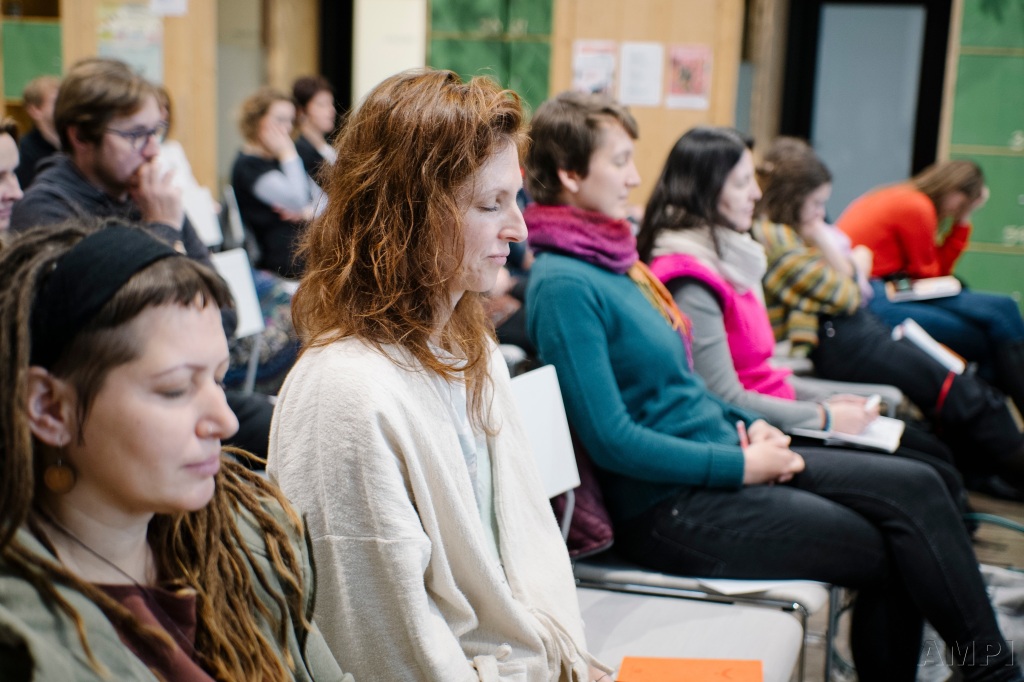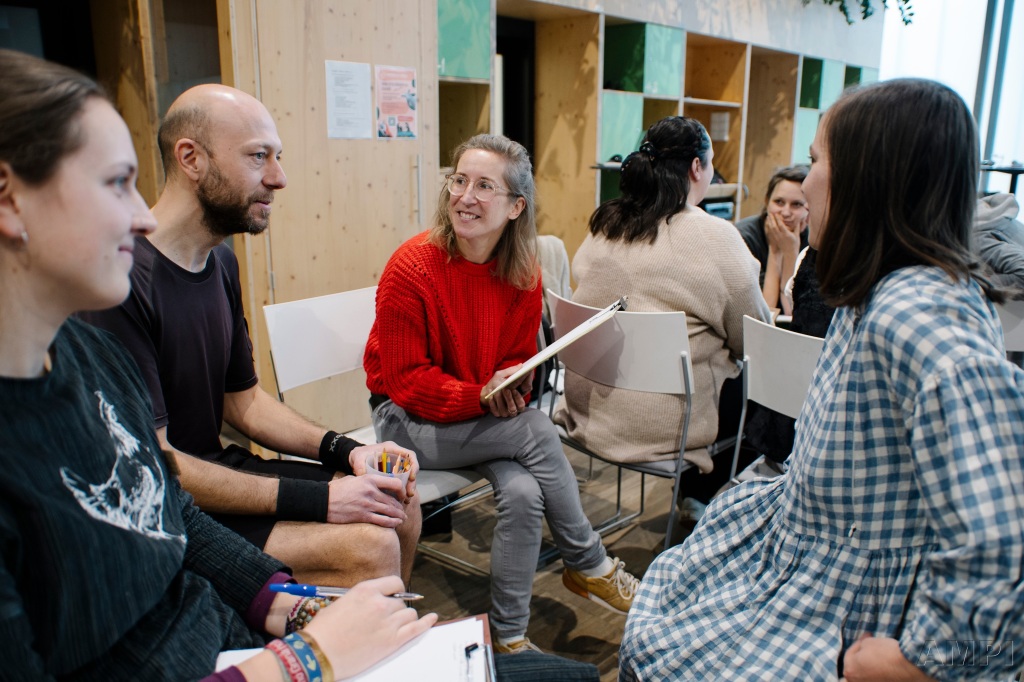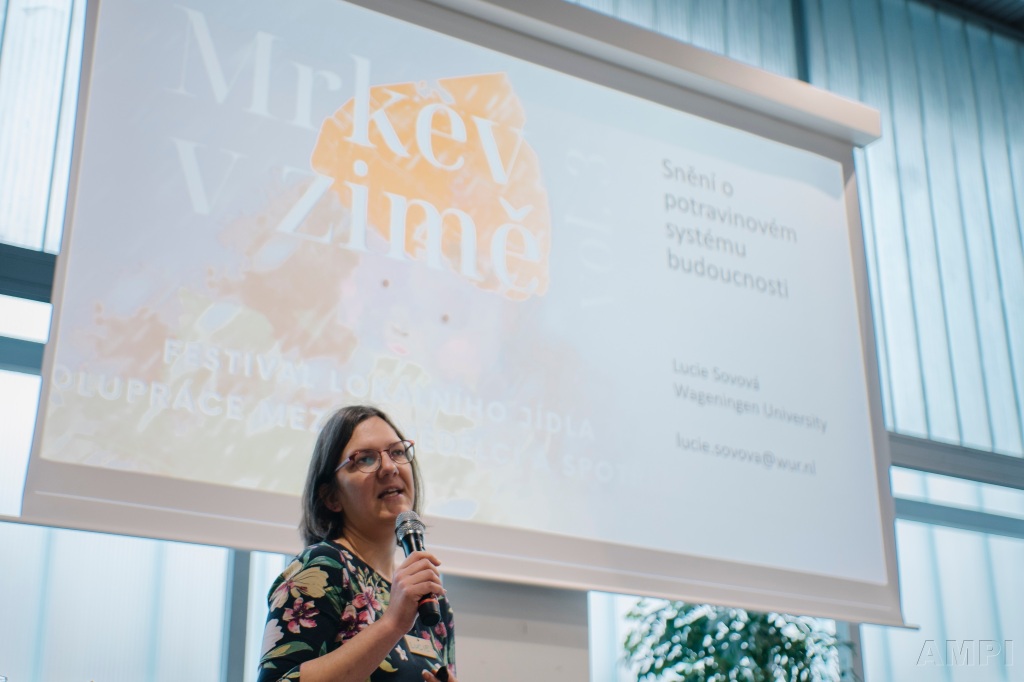Written by Lucie Sovová.
“The future” cannot be “predicted” because “the future” does not exist.
Any useful idea about the futures should appear to be ridiculous.
These two often quoted sentences from Jim Dator’s text on Future studies tickle scientists‘ brains. Science has useful tools to make predictions, usually extrapolating from the current state: if we continue on this path, this is likely to happen. When thinking about the current food system (and many other issues), this approach quickly leads to a bleak picture: we are headed the wrong way and clearly need to change course. How exactly that should happen is a more difficult question – it is in fact much easier to identify which parts of the current setup are preventing change.
Future studies propose a different approach: rather than thinking about the scenarios that are the most likely extension of the present, let us think about a desirable future. Envisioning preferred futures – realistic or not – can help us think outside of the box of the current state. This, in turn, can set a clear direction of where we want to go, and open up creative ideas about how to get there. Future studies are tied to a number of methodological approaches, such as participatory foresight, scenario development or visioning which can work with desirable, possible and probable outcomes. When paired up with strategic planning and policy development, these tools can in fact help envision and implement change. This way of working fits with the tradition of engaged research at the Rural Sociology Group, and different future-oriented methods have been used in the group’s past and current projects, such as TRANSMANGO or CULTIVATE.
As a newcomer to this exciting field, I was able to get a taste of visioning methods at a workshop I organized with the Association of Local Food Initiatives (AMPI) in Czechia last January. AMPI is a platform organization which brings together many actors of the alternative food movement in Czechia: people involved in community supported agriculture, urban farmers, initiators of buying groups and community shops and others interested in a better food system. Small-scale farming and alternative producer-consumer arrangements do not have an easy life in a country with the EU’s largest average farm size and powerful agrobusinesses entangled with the political representation. Networking events organized by AMPI are an important space in which people can connect, share their struggles and inspirations, and support each other through new partnerships.
Bringing a creative visioning workshop into this space was an exciting experiment. My goal was to try out a visioning method – a sort of a guided meditation with a creative component – without attaching it to any outcome in terms of planning or strategy. In a guided visioning exercise, I asked the participants – farmers and members of different food initiatives as well as general public interested in the topic – to imagine what an ideal food system would look like in 2050. I encouraged people to let go of the rational and to instead engage their imagination and senses. I then gave them a creative challenge: if there was a magical creature that would help us enact this ideal food system, what would it look like? Which special powers would it have? What would it do?
After developing their own visions, participants were invited to share them in small groups as much as they felt comfortable. The groups also drew their magical creatures with coloured pencils. Apart from testing the method, my goal was to spark conversations and to bring lightness and fun to a setting where discussions can easily gravitate towards hardships and struggles. Besides that, I was of course curious to hear what visions would emerge and what powers and values would the ”magical creatures“ reveal.
For a first attempt, the session was a great success. Many participants really enjoyed the visioning and the ability to dream in an introspective fashion. This resulted in rich imagination and a lot of creativity. When sharing about their ”creatures“, an employee of an environmental NGO described small elves that would come out of their hide-outs in nature and work tirelessly to bring about better food futures. A CSA farmer shared his vision of an earth-creature that in fact lived inside everyone and needed to be awakened. A community food shop initiator described a creature that would enter our heads and help us forget past struggles in transforming the food system. Many of the future visions featured people’s memories of childhood holidays spent at the countryside, and ideas of rural self-sufficiency but also futuristic solar punk cities. Listening to these stories gave me insight in how future food transformations are envisioned in the Czech alternative food movement.
Beyond that, I was happy to see that people were open to creative methods engaging the imagination. Pioneering a different food system is hard work and I feared that my dreamy exercise would come across as naïve as I stepped outside of the usual image of a researcher. Indeed, not all participants engaged with the workshop but those who did seemed to appreciate doing something unusual and relaxing, as well as having an opportunity to talk to others. I am grateful for this try-out and I look forward to experimenting with visioning and similar methods in research.




Pictures by Martin Matěj, AMPI.
